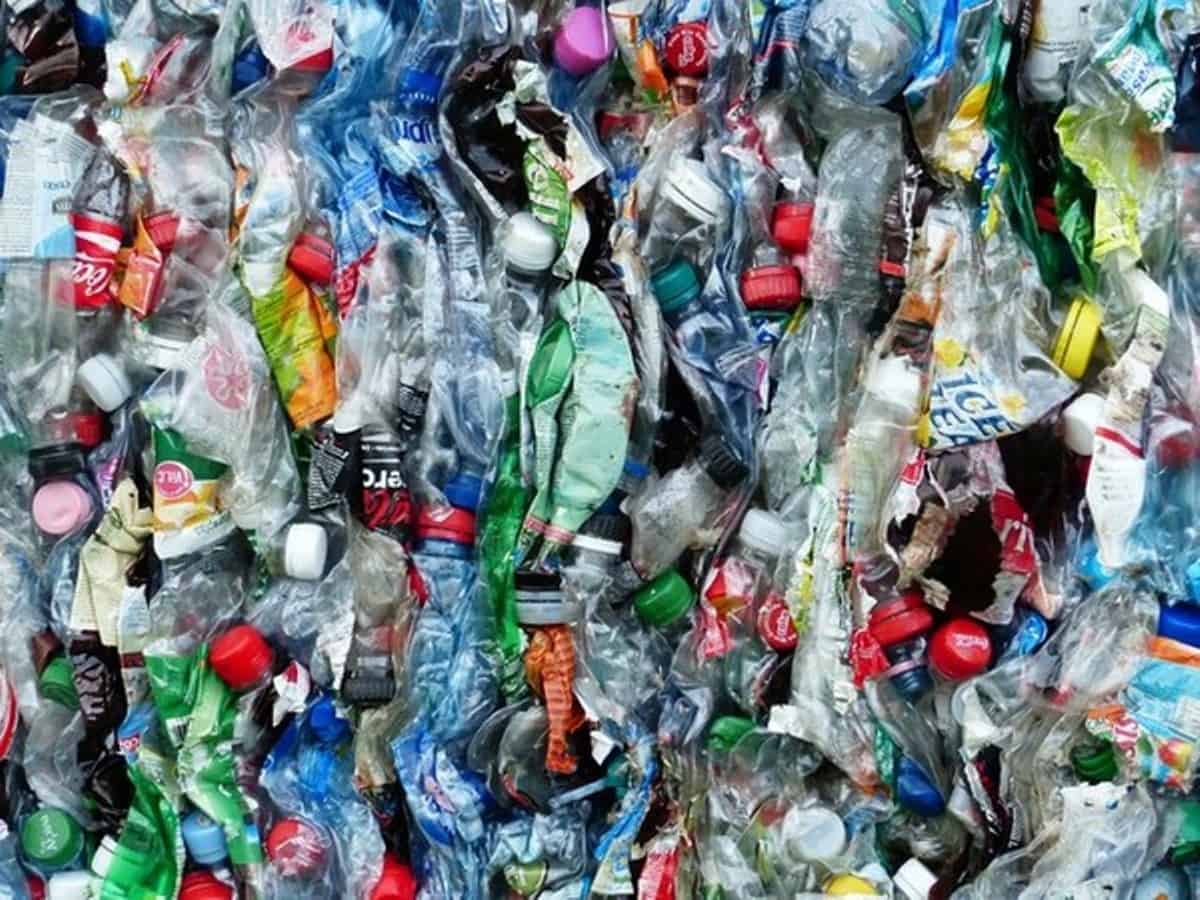
Washington: A team of researchers from the Department of Biological and Chemical Engineering at Aarhus University has now developed a new camera technology that can see the difference between 12 different types of plastics.
The study has been published in the ‘Vibrational Spectroscopy Journal’.
The technology makes it possible to separate plastics based on a purer chemical composition than is possible today, and this opens up completely new opportunities to recycle plastics. The technology has been tested at a pilot scale and is planned to be implemented at PLASTIX and Dansk Affaldsminimering Aps in spring 2022.
“With this technology, we can now see the difference between all types of consumer plastics and several high-performance plastics. We can even see the difference between plastics that consist of the same chemical building blocks, but which are structured slightly differently. We use a hyperspectral camera in the infrared area, and machine learning to analyse and categorise the type of plastic directly on the conveyor belt. The plastic can then be separated into different types. It’s a breakthrough that will have a huge impact on all plastics separation,” said Associate Professor Mogens Hinge, who is heading the project at Aarhus University.
Plastics are currently separated using near-infrared technology (NIR) or via density tests (floats/sinks in water). These methods can separate certain plastic fractions (for example PE, PP, and PET), but not with the same accuracy as the new technology, and therefore not with the chemical purity in the composition, and this is vital to be able to increase the recycling rate of waste plastic.
“The technology we’ve developed in collaboration with the university is nothing short of a breakthrough for our ability to recycle plastics. We look forward to installing the technology in our processing hall and starting in earnest on the long journey towards 100 per cent utilisation of waste plastic,” said Hans Axel Kristensen, CEO of PLASTIX.
Plastic must be at least 96 per cent pure by polymer type to be recycled in conventional industry. This means that the plastic has to be separated to an almost pure product in terms of chemical composition.
Using the new technology, we are now a big step along the way, said Associate Professor Mogens Hinge, who stressed that the technology is continuously being developed and that data indicated it may be possible to differentiate even further between polymer types and additives before long.
The hyper-spectral camera technology has been developed in cross-disciplinary collaboration, including BSc and MSc engineering students and researchers at the Department of Biological and Chemical Engineering at Aarhus University, as well as experts from the participating companies.
The research is part of the Re-Plast project, which is being funded by the Innovation Fund Denmark with DKK 22.7 million. The project is being headed by the Department of Biological and Chemical Engineering at Aarhus University. Other participants are the Department of Electrical and Computer Engineering at Aarhus University, Vestforbraending, Dansk Affaldsminimering and PLASTIX.



